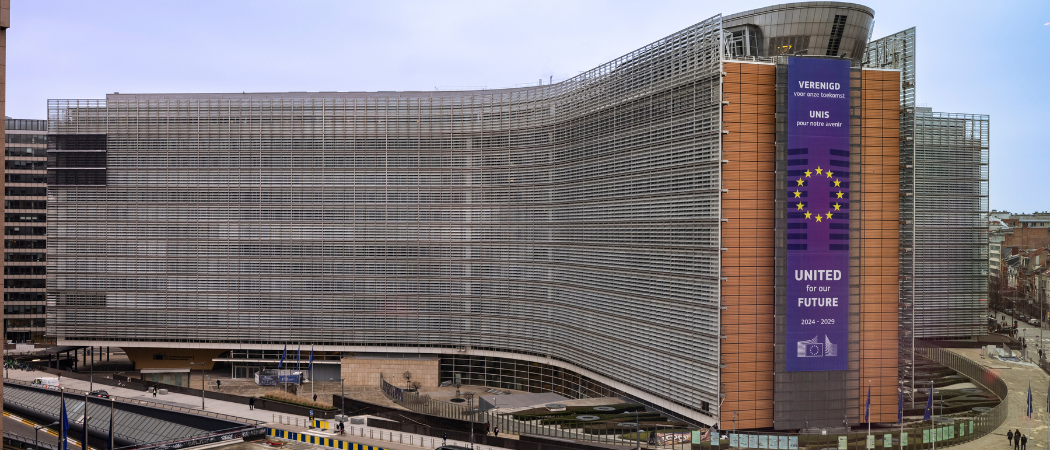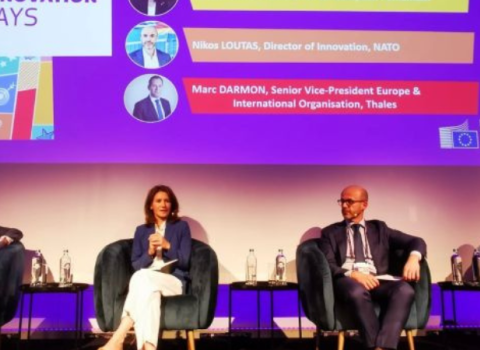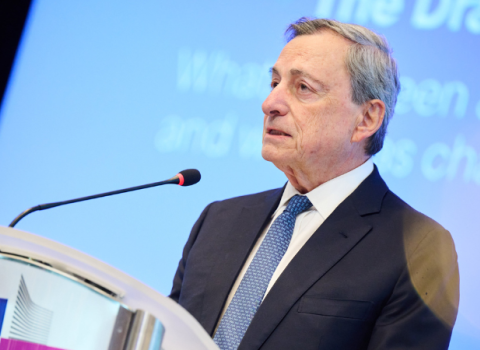While many welcomed the Commission’s commitment to a standalone Framework Programme, concerns remain about implementation

Photo credits: Lukasz Kobus / European Union
The next EU Framework Programme for research and innovation, FP10, will be “self-standing” yet “tightly connected” to the new Competitiveness Fund. These words, pronounced by European Commission President Ursula von der Leyen on May 20, have been welcomed by many, although questions about their practical meaning remain.
After months of uncertainty surrounding the structure of the European Competitiveness Fund, von der Leyen confirmed the research and innovation programme’s independence while also emphasising its close alignment with the mega-fund. However, the feasibility of combining autonomy with tight integration remains unclear.
For Gregor Majdič, rector of the University of Ljubljana, the idea is somewhat contradictory. “I don’t see how it could be completely self-standing and closely connected to these areas in the Competitiveness Fund,” he said.
European People’s Party MEP Christian Ehler echoed this concern. “The devil is in the details. Self-standing can mean a lot of different things and certainly is not safeguarding the budget,” he told Science|Business. However, it was “clearly a step in the right direction,” he said.
According to Majdič, a major issue is that a tight connection between the research Framework Programme and the Competitiveness Fund could limit research freedom and hinder innovation, in particular from blue-sky research.
“Real breakthrough innovations only arise from ideas that are not predetermined. If [the framework] is linked too narrowly, I’m worried this will not increase European innovativeness and long-term competitiveness,” he told Science|Business. “We are lagging behind and [in this proposal] I don't see real progress that we need in Europe.”
In contrast, KU Leuven’s rector Luc Sels sees the idea of a tight connection between a self-standing research programme and the Competitiveness Fund as potentially beneficial, if read in the logic of a research-to-innovation pipeline.
“That can only be a step forward and help avoid deep ‘valleys of death’ between research and application,” he said to Science|Business.
And while more information was needed on von der Leyen’s “true intentions,” he added that the direction of travel was positive. “I do interpret this as a commitment to maintain FP10 as a standalone programme.”
Related articles
- ‘Self-standing’ FP10 will be ‘tightly connected’ to European Competitiveness Fund, Von der Leyen says
- Leaked Commission memo lays out plan for European Competitiveness Fund
Lidia Borrell-Damián, secretary general of Science Europe, meanwhile voiced concerns over the hypothetical governance of the programme.
“There are a number of criteria that are needed for FP10 to preserve its self-standing nature, even as part of the fund,” she said. “The Framework Programme should have governance elements that allow it to define its own policies, and ideally, a budget which may synergise with other parts of the fund but is allocated solely for research and innovation.”
But overall, von der Leyen’s speech has been well-received. “It’s a very, very good day,” said Germany’s new research minister, Dorothee Bär, appearing alongside research commissioner Ekaterina Zaharieva at a press conference in Berlin on May 21.
In March, Bär’s predecessor was among the EU research ministers who called on the Commission to draft its proposal for FP10 building on the legacy of self-standing Framework Programmes. “The commissioner has come here with a big present for Germany,” Bär said.





 A unique international forum for public research organisations and companies to connect their external engagement with strategic interests around their R&D system.
A unique international forum for public research organisations and companies to connect their external engagement with strategic interests around their R&D system.